Motor vehicle emission testing: Necessary
The Ministry of Agriculture and Environment is currently drafting a roadmap for the application of national technical regulations on emissions from motorbikes and scooters in circulation in Vietnam. This roadmap creates a legal basis for gradually eliminating vehicles that do not meet emission standards and regulations, promoting the transition to clean, environmentally friendly vehicles. The application of the roadmap also aims to implement Vietnam's international commitments on reducing greenhouse gas emissions, responding to climate change, and supporting the development of sustainable, modern urban transport in line with national strategic orientations.
Sharing at the seminar "Vehicle emission inspection and air pollution control" held on the morning of November 25, Prof. Dr. Hoang Xuan Co - Head of the Science Department, Vietnam Environmental Economics Association said that this is a necessary task. However, when implementing, we must answer the question: What problem does this activity solve, what is its purpose? And one of the goals is to consider how much emissions are emitted from public transport? Even after 3 years of inspection, how much emissions have been reduced? "Only then can we prove the "benefits" of this policy" - Prof. Dr. Hoang Xuan Co expressed his opinion.
Agreeing with the above viewpoint, Prof. Dr. Nguyen Huu Dung - Director of the Vietnam Institute of Urban and Industrial Environment, said that this is an extremely difficult and complicated problem. According to the Director of the Vietnam Institute of Urban and Industrial Environment, car inspection is difficult, motor vehicle inspection (motorbikes, motorbikes) is many times more difficult, because every house has 2-3 motorbikes. Not to mention vehicles entering and leaving the inner city, and transient vehicles. In Hanoi alone, it is estimated that there are more than 2 million old and dilapidated motorbikes, concentrated in low-income households. If motorbikes are recalled or banned, where will they rely on to make a living?
Regarding this issue, National Assembly Delegate (NAD) of Dong Thap province Pham Van Hoa said that the inspection of motor vehicle emissions is necessary and should be done, but how to reduce and limit them must be carefully considered and there must be a specific roadmap. In addition, when implementing the inspection, it is necessary to calculate how to meet the requirements of facilities and equipment. The Government needs to have policies to solve this problem. Specifically: When collecting old and dilapidated vehicles, how should we support low-income people to switch to electric vehicles? For example, Hanoi will start banning gasoline vehicles in 9 key wards in 2026. So, if gasoline vehicles are not allowed, what means of transport is better? Current public vehicles do not meet the requirements...
Mobilizing the "strength" of private enterprises
According to Mr. Ta Dinh Thi - Deputy Chairman of the National Assembly's Committee on Science, Technology and Environment, the goal by 2030 is that 100% of vehicles participating in traffic must be managed to protect the environment but must follow a roadmap.
To achieve this goal, the Vice Chairman of the National Assembly's Committee on Science, Technology and Environment said that it is necessary to ensure the following conditions: Fully promulgate a system of national standards and regulations, ensuring feasibility in all aspects, as well as technical issues, social security, etc.; There must be a roadmap for infrastructure serving inspection work, from technical issues, human resources, technology; Ensure the interests of relevant parties and must have key points, focuses, etc. (For example: Implement in the city area first, then move to the regions, etc.) and must ensure synchronization, pay attention to people's lives, etc. Ensure feasibility by establishing an effective monitoring mechanism, applying new technologies (artificial intelligence (AI), digital transformation, etc.). In particular, it is necessary to closely monitor the activities of inspection facilities (the Ministry of Construction presides over and carries out this work). When deployed on a large scale, it is necessary to have the coordination of many parties, especially the private business force. Coordination mechanisms need to be specific, ensuring implementation, transparency and effectiveness.
“Along with that, the issue of fuel conversion must also be given due attention with comprehensive, synchronous policies and a clear roadmap. We must communicate to the people to change their perception. Once they have the right perception, they will agree and support, only then can it be implemented” - Deputy Chairman of the National Assembly's Committee on Science, Technology and Environment emphasized.
Referring to the role and participation of private enterprises in this activity, according to National Assembly Deputy Pham Van Hoa, our current budget is quite abundant, but we must focus on implementing national target programs, social security, etc. Therefore, it is necessary to mobilize social resources, call on enterprises to invest in machinery and equipment. Good machinery and equipment must ensure quality inspection. However, we must also carefully consider whether the enterprise has been established with the right license? Are the facilities good? Do the people meet the standards? How are the quality inspectors? To mobilize and encourage enterprises to participate, the State must support them with policies, such as tax support, land, personnel training, etc.
Regarding this issue, Prof. Dr. Nguyen Huu Dung said that it is very difficult to inspect a large number of motorbikes. Therefore, socialization will help the management agency reduce the inspection burden. Currently, it is not difficult to invest in inspection equipment.
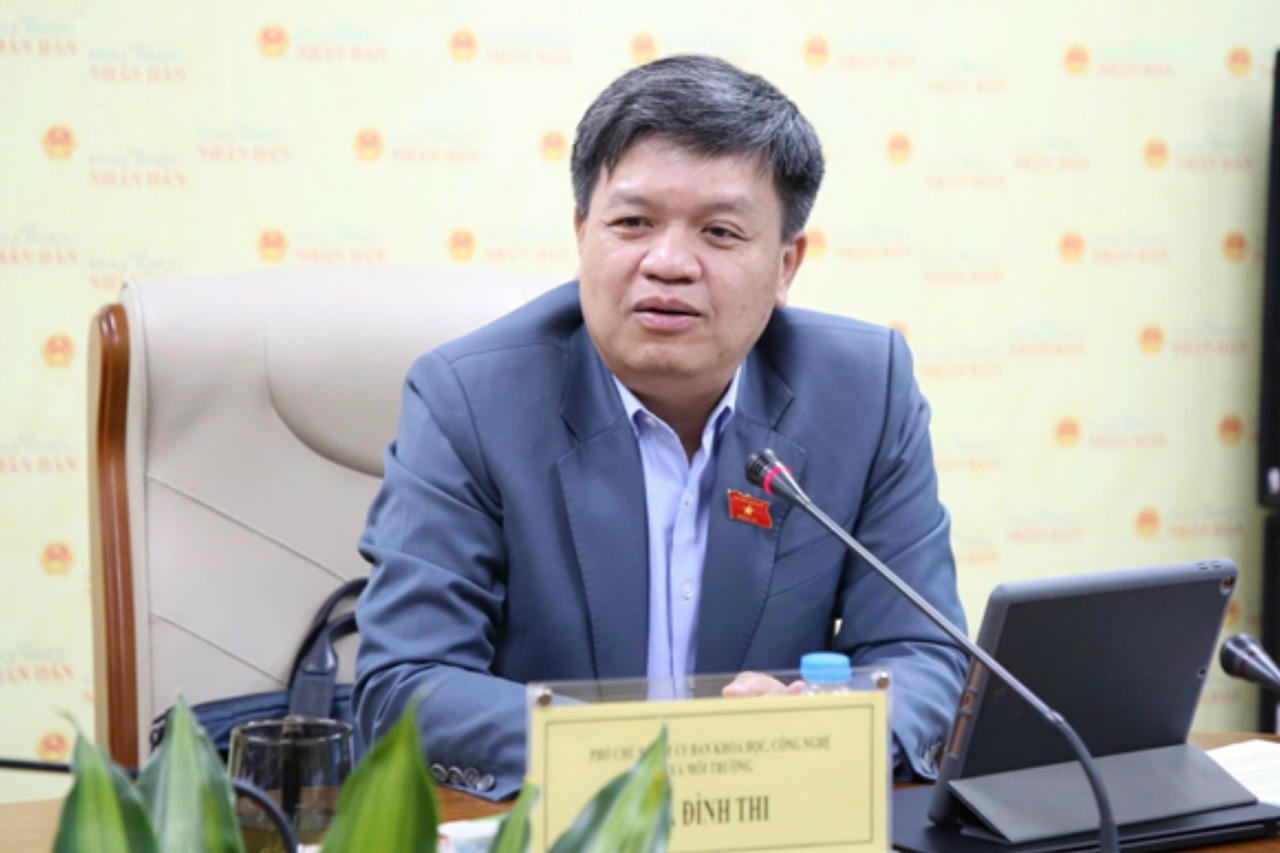
Mr. Ta Dinh Thi - Deputy Chairman of the National Assembly's Committee on Science, Technology and Environment:
“During the monitoring process, the members of the National Assembly's monitoring delegation on this issue all agreed on the need to ensure implementation from the smallest things when implementing environmental protection solutions. The implementation of policies must have a specific roadmap and mobilize social resources, the State alone cannot do it.
Currently, the whole country has more than 74 million motorbikes in circulation. To inspect such a large number of vehicles, in a short period of time, on a large scale is a big challenge. And to implement effectively, the following requirements must be ensured: Fairness (between regions, subjects participating in inspection); Transparency in the process; Simplification of procedures (if the policy is appropriate but the procedures are cumbersome, people will not support); In particular, benefits must be shared among the relevant parties...".

Associate Professor, Dr. Bui Thi An - XIII National Assembly Member, Director of the Institute of Natural Resources, Environment and Community Development:
“Vehicle emission testing contributes to reducing environmental pollution - a seemingly technical but very social issue. To make the policy a reality, we must increase propaganda so that people understand and management agencies understand this issue.
In my opinion, there are several issues that need attention to effectively implement this policy. First, we should assess the social impact of the policy to see which subjects are affected and affected the most, from which there will be a specific and appropriate support mechanism; Second, consider whether the infrastructure is adequate? Third, what is the investment budget?
Source: https://baophapluat.vn/xa-hoi-hoa-kiem-dinh-xe-co-gioi-ky-vong-tao-cu-hich-cho-no-luc-xanh-hoa-giao-thong.html



![[Photo] VinUni students' emotions are sublimated with "Homeland in the Heart: The Concert Film"](/_next/image?url=https%3A%2F%2Fvphoto.vietnam.vn%2Fthumb%2F1200x675%2Fvietnam%2Fresource%2FIMAGE%2F2025%2F11%2F26%2F1764174931822_10-3878-jpg.webp&w=3840&q=75)

![[Photo] Close-up of heavy damage at the school located on the banks of the Ban Thach River](/_next/image?url=https%3A%2F%2Fvphoto.vietnam.vn%2Fthumb%2F1200x675%2Fvietnam%2Fresource%2FIMAGE%2F2025%2F11%2F26%2F1764152130492_ndo_bl_img-8188-8805-jpg.webp&w=3840&q=75)


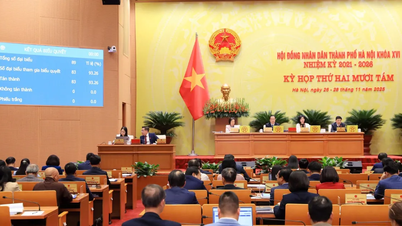













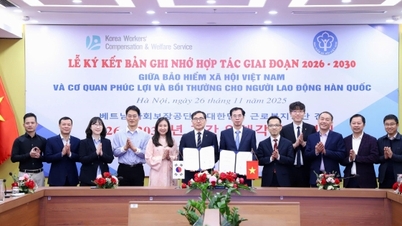
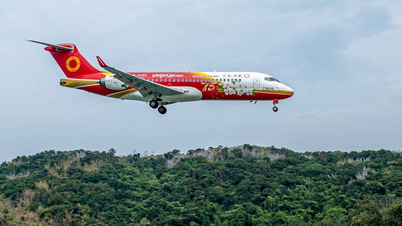


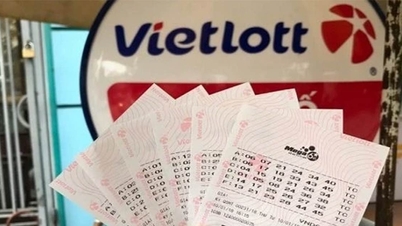





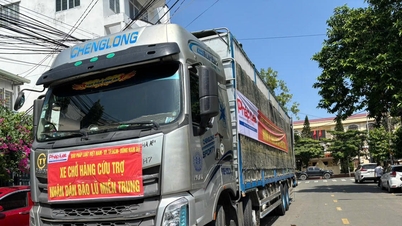
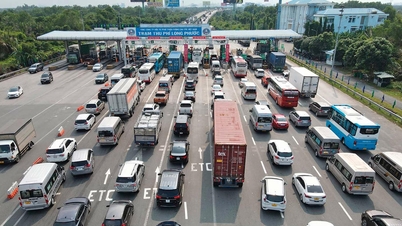
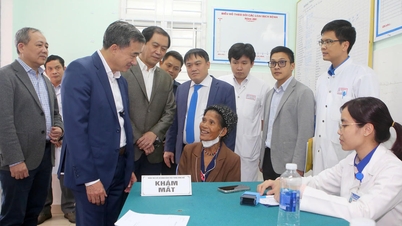
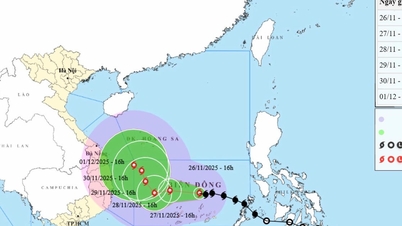
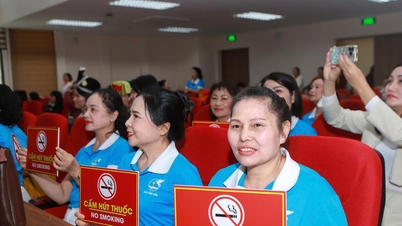






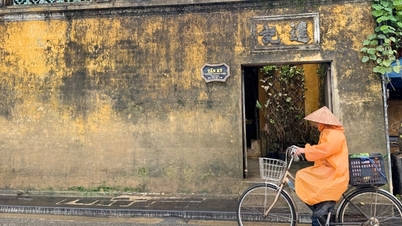


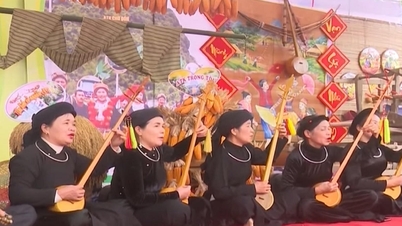

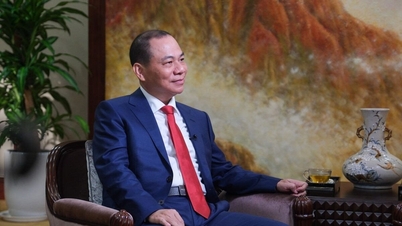





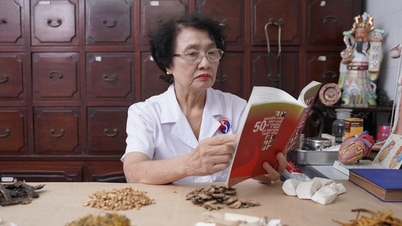



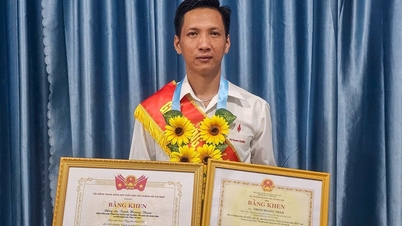





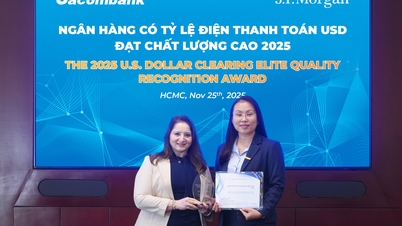

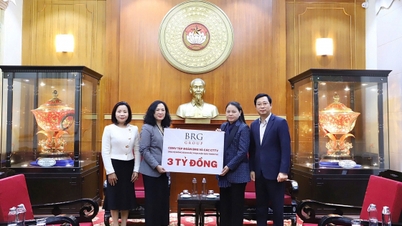










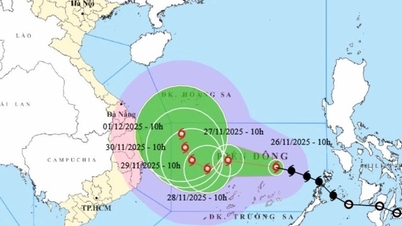



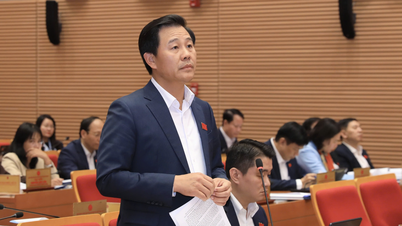
![[Photo] Opening of the 28th Session of the Hanoi People's Council](https://vphoto.vietnam.vn/thumb/402x226/vietnam/resource/IMAGE/2025/11/26/1764155991133_image.jpeg)
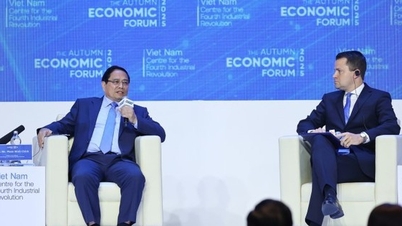












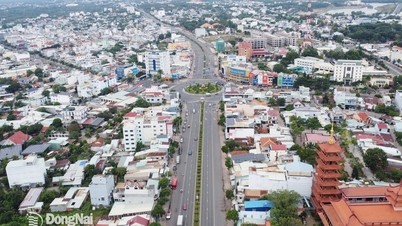

















Comment (0)